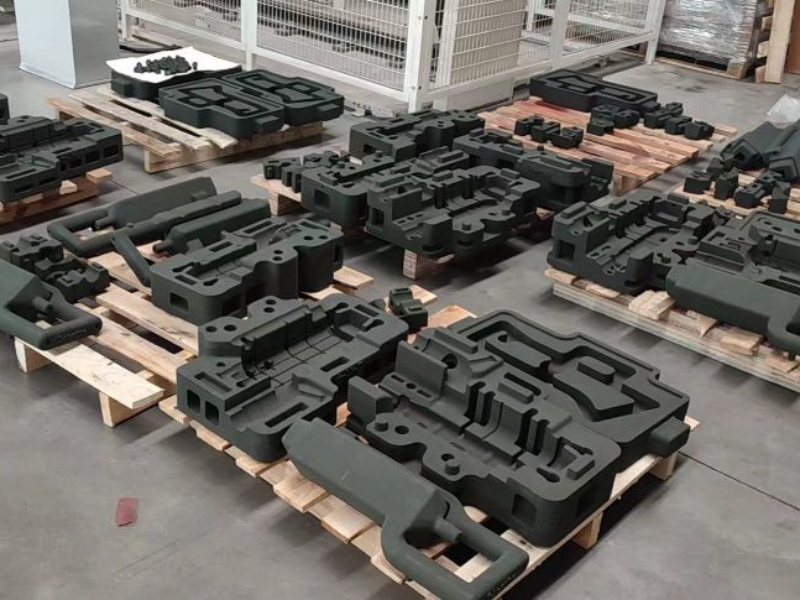
Understanding 3D Printing Resins: Advantages and Principles
2022-12-12 09:513D printing technology has revolutionized the casting industry and is becoming increasingly widespread in its applications. In this article, we explore the advantages of 3D printing resins and the principles behind their use in sand mold 3D printing.
Why 3D Printing in Casting?
Traditional casting methods often involve lengthy and costly mold-making processes, which are not well-suited to today's demand for customized, small-batch, and multi-variety production. This is where sand mold 3D printing offers a breakthrough.
By directly printing molds based on digital 3D models, 3D printing replaces the traditional steps of mold fabrication, pattern making, and core assembly. It allows the creation of complex sand molds of virtually any geometry, making it particularly advantageous in new product development and complex component manufacturing. This effective combination of additive manufacturing and traditional casting has led to the emergence of rapid casting, significantly shortening the delivery cycle of cast parts.
Working Principle of Sand Mold 3D Printing
The working principle of sand mold 3D printing involves a layer-by-layer additive process: A spreader evenly distributes a layer of sand mixed with a curing agent. A nozzle selectively sprays 3D printing resin on specific areas where solidification is needed, bonding the sand to form one cross-section of the mold. The build platform is then lowered slightly. The process repeats, building the mold layer by layer until the full 3D sand mold is complete. The 3D printing resin, jetted through an inkjet-style print head, is a crucial component. When selecting a resin, important factors include its strength, thermal resistance, and collapsibility—especially under casting conditions.
Advantages of Xinda's 3D Printing Resin
Xinda's 3D printing resin is specifically developed for small to medium-sized thin-walled stainless steel castings. It offers multiple benefits: Low gas emission, improving casting quality and minimizing environmental impact. Smooth and strong mold surfaces, reducing the risk of casting defects. High resin purity, which enhances nozzle durability and printer compatibility. Broad printer adaptability, suitable for a wide range of domestic and international 3D printers.
For example, at a corrosion-resistant pump foundry in Dalian, our 3D printing resin has been successfully used to manufacture duplex stainless steel castings such as pump bodies, impellers, and guide shells. These components require high sand mold strength and minimal gas generation at elevated casting temperatures. The use of 3D printed molds helped avoid the cost and waste associated with traditional mold-making and fluid flow testing during new product development.

